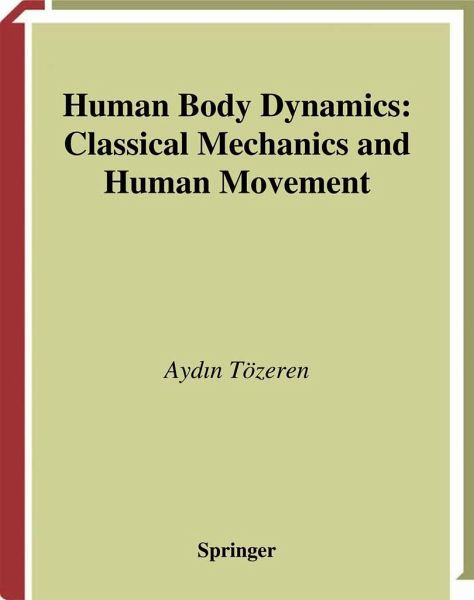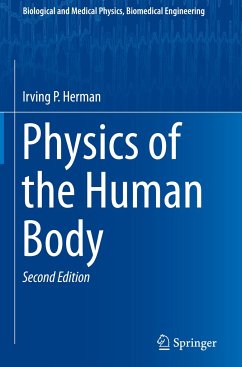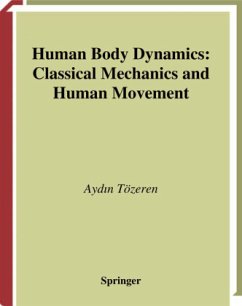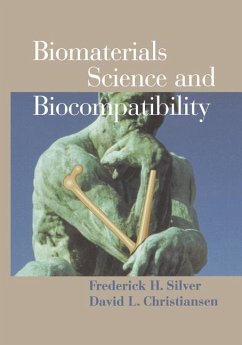
Human Body Dynamics
Classical Mechanics and Human Movement
Versandkostenfrei!
Versandfertig in über 4 Wochen
130,99 €
inkl. MwSt.
Weitere Ausgaben:

PAYBACK Punkte
65 °P sammeln!
The mechanical features of human movement are of great interest in a range of endeavors, from engineers designing car seats or keyboards to physicians treating sports injuries. Human movement obeys basic laws that govern static and dynamic bodies, and this textbook takes a quantitative approach to studying human biomechanics. The book features numerous homework problems and worked examples, both of which are vital for classroom use. The book will be welcomed by teachers of engineering mechanics, statics and dynamics, and biomechanics courses that assume familiarity with calculus and vectors.
"The human body is a machine whose movements are directed by the soul," wrote René Descartes in the early seventeenth century. The intr- sic mechanisms of this machine gradually became clear through the hard work of Renaissance scientists. Leonardo da Vinci is one such scientist from this period of enlightenment. In pursuit of knowledge, Leonardo dissected the bodies of more than 30 men and women. He sawed the bones lengthwise, to see their internal structure; he sawed the skull, cut through the vertebrae, and showed the spinal cord. In the process, he took extensive notes and made carefully detailed sketches. His drawings d- ferentiated muscles that run across several joints from those muscles that act on a single joint. "Nature has made all the muscles appertaining to the motion of the toes attached to the bone of the leg and not to that of the thigh," wrote Leonardo in 1504 next to one of his sketches of the lower extremity, "because when the knee joint is flexed, if attached to the bone of the thigh, these muscles would be bound under the knee joint and would not be able to serve the toes. The same occurs in the hand owing to the flexion of the elbow. " Another Renaissance scholar who made fundamental contributions to the physiology of movement is Giovanni Alfonso Borelli. Born in 1604 in Naples, Borelli was a well-respected mathematician.














